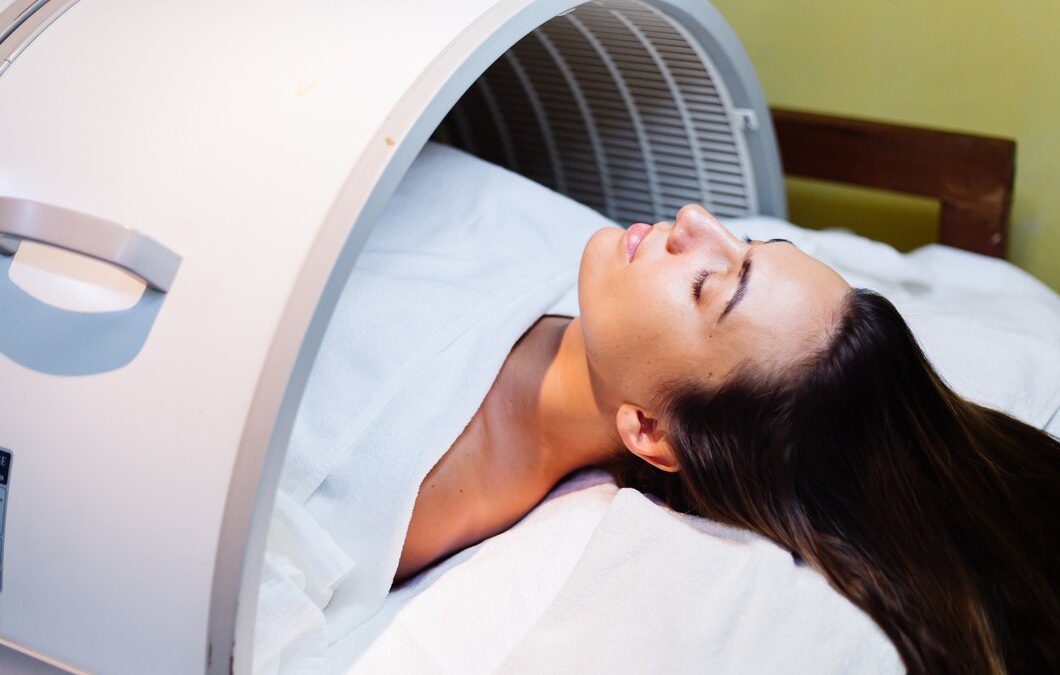Spinal cord injuries can be challenging, with long-lasting effects that change lives. Many individuals search for treatments that don’t involve surgery or drugs, hoping for relief and recovery. Among the options, hyperbaric oxygen therapy (HBOT) is gaining attention. In HBOT, patients breathe pure oxygen in a pressurized chamber. This process delivers extra oxygen to injured areas, which can boost healing and reduce inflammation.
As interest grows in non-invasive methods, HBOT stands out. It’s viewed as a hopeful choice for those dealing with spinal cord injuries. Through increased oxygen levels, the therapy aims to improve recovery times and quality of life for patients. While each case is unique, the potential benefits make exploring HBOT worthwhile for many facing these challenges.
What Is Hyperbaric O2 Therapy?
Hyperbaric oxygen therapy involves more than just breathing oxygen. When you breathe in a sealed chamber set at a higher pressure than normal, your body absorbs oxygen more intensely. This oxygen-rich environment helps to repair tissues and reduce swelling, which can speed up the healing process.
This treatment uses special equipment. Patients relax inside a hyperbaric chamber, where the pressure is increased to two or three times the normal atmospheric pressure. Here are some key aspects of how the process works:
- Increased Oxygen Delivery: The pressurized environment allows your lungs to absorb more oxygen than breathing at normal air pressure. This extra oxygen circulates to areas needing healing.
- Cellular Repair: Extra oxygen can help repair damaged cells by encouraging new blood vessel growth.
- Reduced Swelling: The oxygen-rich blood can lessen inflammation, which often accompanies spinal injuries.
Understanding these components highlights the potential role of HBOT in helping those with spinal cord injuries. With each session, there is the opportunity to enhance how one feels and functions daily, making this approach an appealing consideration for many.
How HBOT Helps Spinal Cord Injuries
Hyperbaric oxygen therapy can make a big difference for people with spinal cord injuries. Breathing in pure oxygen means more oxygen reaches the bloodstream, which is terrific news for the body’s healing processes. When the spinal cord is injured, the tissues get damaged and swollen, but HBOT steps in to support recovery.
The therapy helps by reducing swelling in the spinal cord, which can relieve pressure on nerves and help restore some functionality. Swelling can be a huge barrier to recovery, and by addressing it, HBOT aids in letting the body heal itself more naturally. Patients might notice better mobility and less pain after regular sessions, making it a valuable part of a treatment plan.
Benefits of Using Hyperbaric O2 Therapy for Spinal Cord Injuries
There are several benefits when adding hyperbaric oxygen therapy to spinal cord injury care:
- Speedy Healing: HBOT can kickstart the healing process, encouraging tissue repair much faster than usual.
- Secondary Damage Control: By managing swelling and boosting the immune response, this therapy helps prevent further damage that might occur after the initial injury.
- Quality of Life: Many patients experience notable improvements in their overall well-being, which can lead to increased independence and comfort.
These benefits can make a substantial impact on a person’s life, giving hope and potential for a more active future.
What to Expect During HBOT Sessions
If you’re considering this therapy, it’s good to know what happens during a session. Typically, treatment involves spending time in a hyperbaric chamber that looks a bit like a large capsule. Patients often find it relaxing and may even take a nap while inside.
- Session Length: Sessions can last about one to two hours, with the number of sessions varying based on individual needs and responses.
- Frequency: Generally, sessions are scheduled multiple times a week to get the best results.
- Pre and Post Guidelines: It’s simple to prepare for; patients wear comfortable clothing and ensure they are hydrated. After the session, there are usually no restrictions, making recovery time almost immediate.
Understanding what to expect can ease any anxiety and help make the experience more comfortable from start to finish.
Tailoring HBOT For Individual Needs
Each spinal cord injury is unique, which means therapy plans often need customization. Plans adjust based on the severity of the injury and how a patient responds to treatment. This customization can involve coordinating HBOT with other treatments, like physical therapy, for a holistic approach.
Regular monitoring ensures the therapy continually meets the patient’s needs, adapting as needed to changes in their condition. This tailored approach maximizes the chances of getting the best possible outcomes from the treatment.
Making An Informed Decision
Considering hyperbaric oxygen therapy for spinal cord injury treatment involves weighing potential benefits against individual circumstances. The therapy offers a way to manage recovery actively, potentially leading to significant improvements. Consulting with medical experts who understand this therapy’s potential can help in making educated decisions tailored to one’s personal health journey.
In the end, exploring HBOT as a part of your treatment can open doors to new possibilities in healing and recovery. By understanding its benefits and how it works, you stand a better chance of making the right choice on your road to better health.
Exploring treatment options for spinal cord injuries can be life-changing. If you’re ready to understand how Hyperbaric O2 Therapy can support your journey to better health, visit Founding Fathers Hyperbarics. Learn more about how this therapy can aid recovery and improve your quality of life. Let us be your partner in health on this journey.

